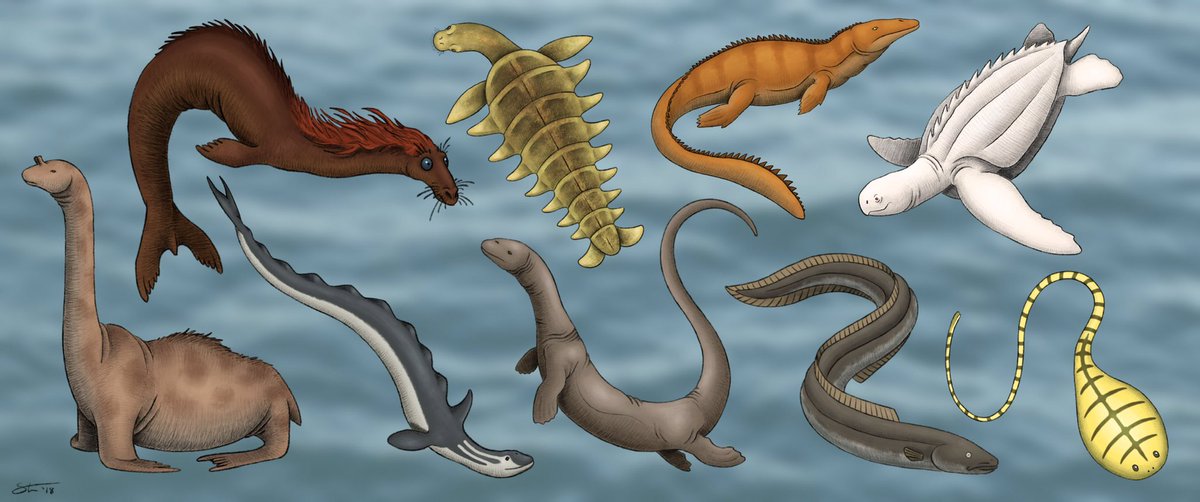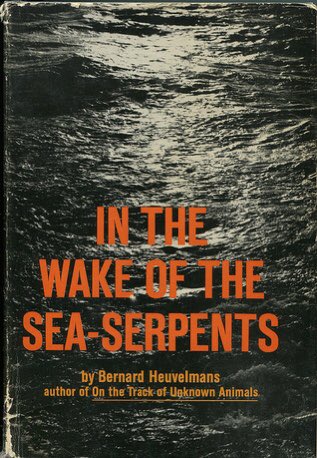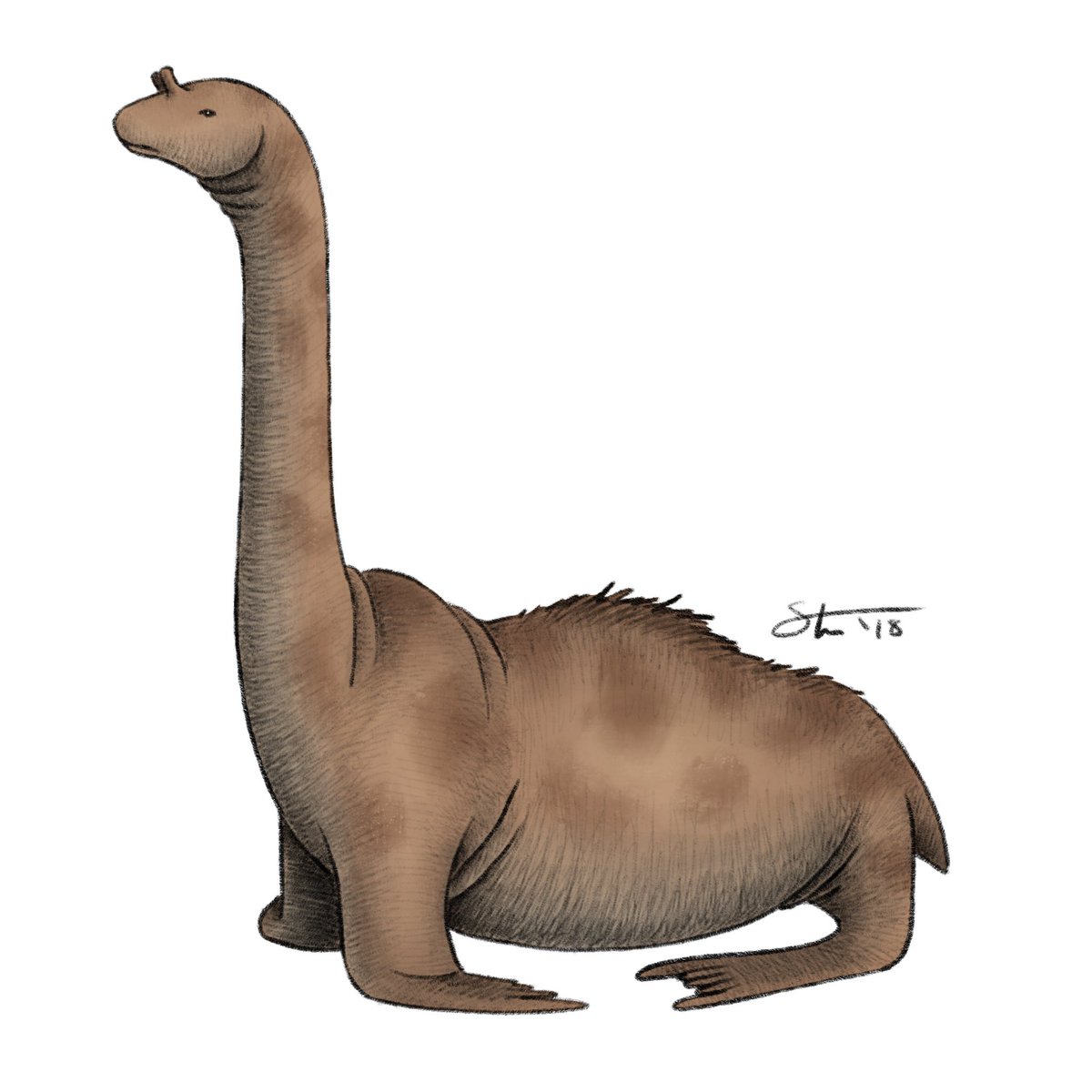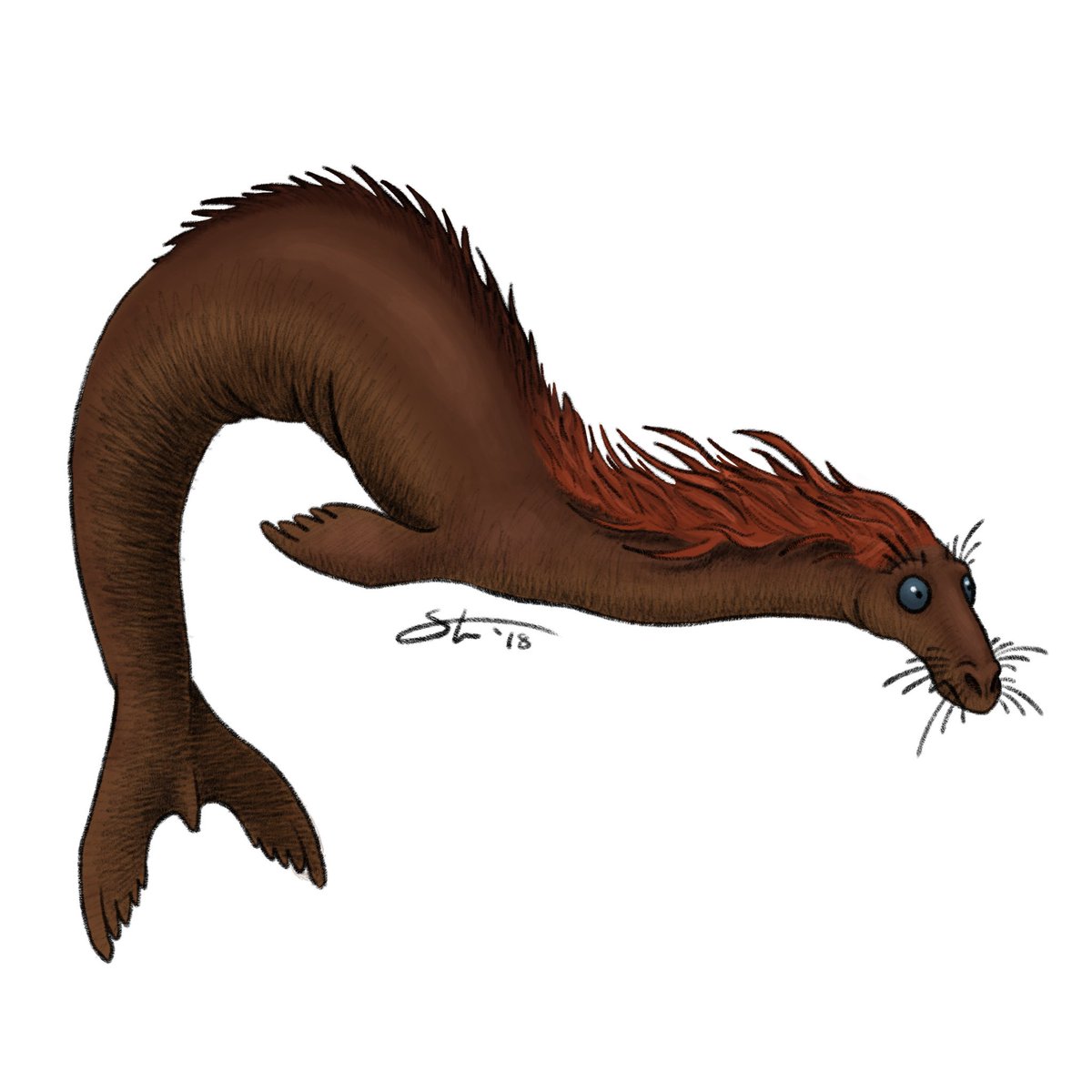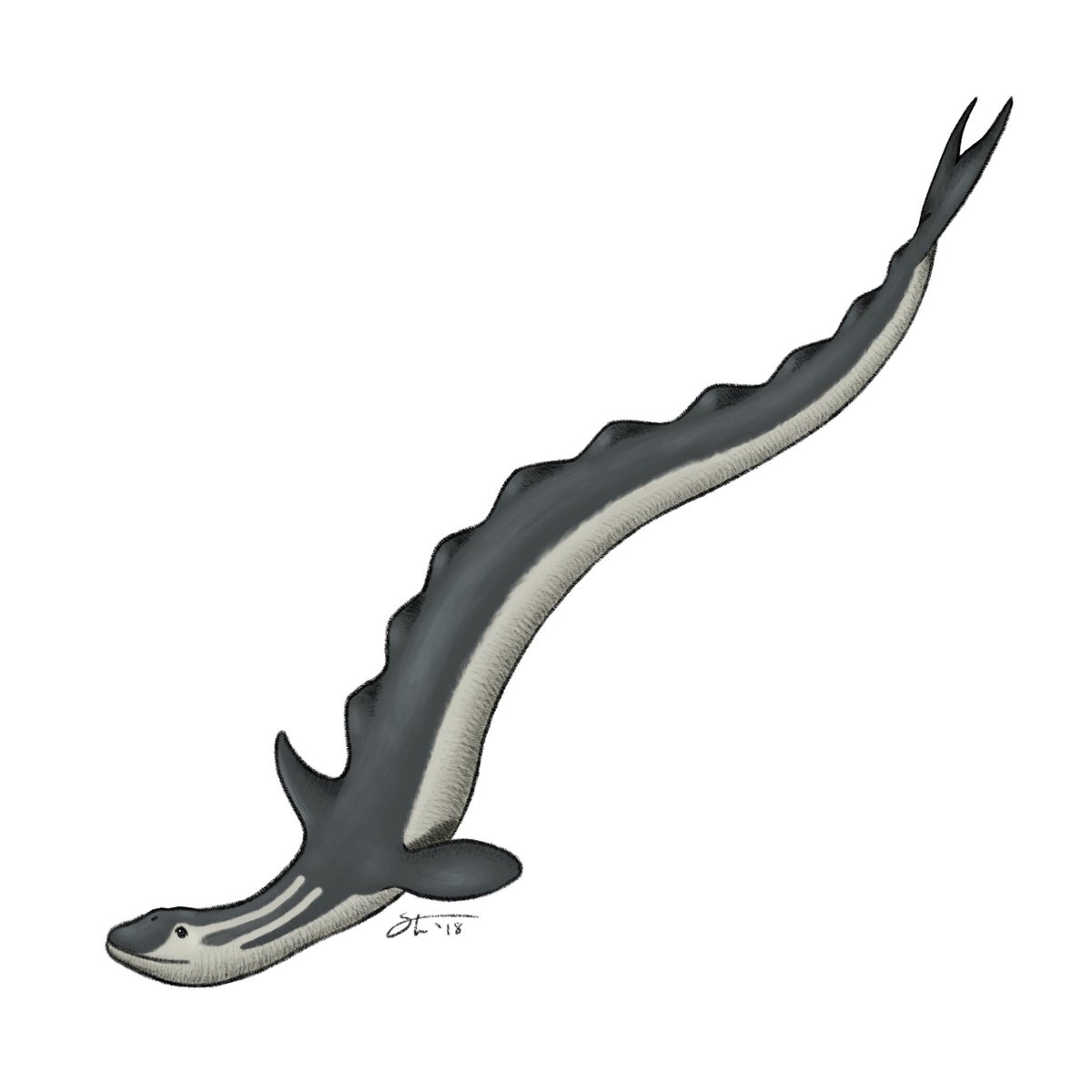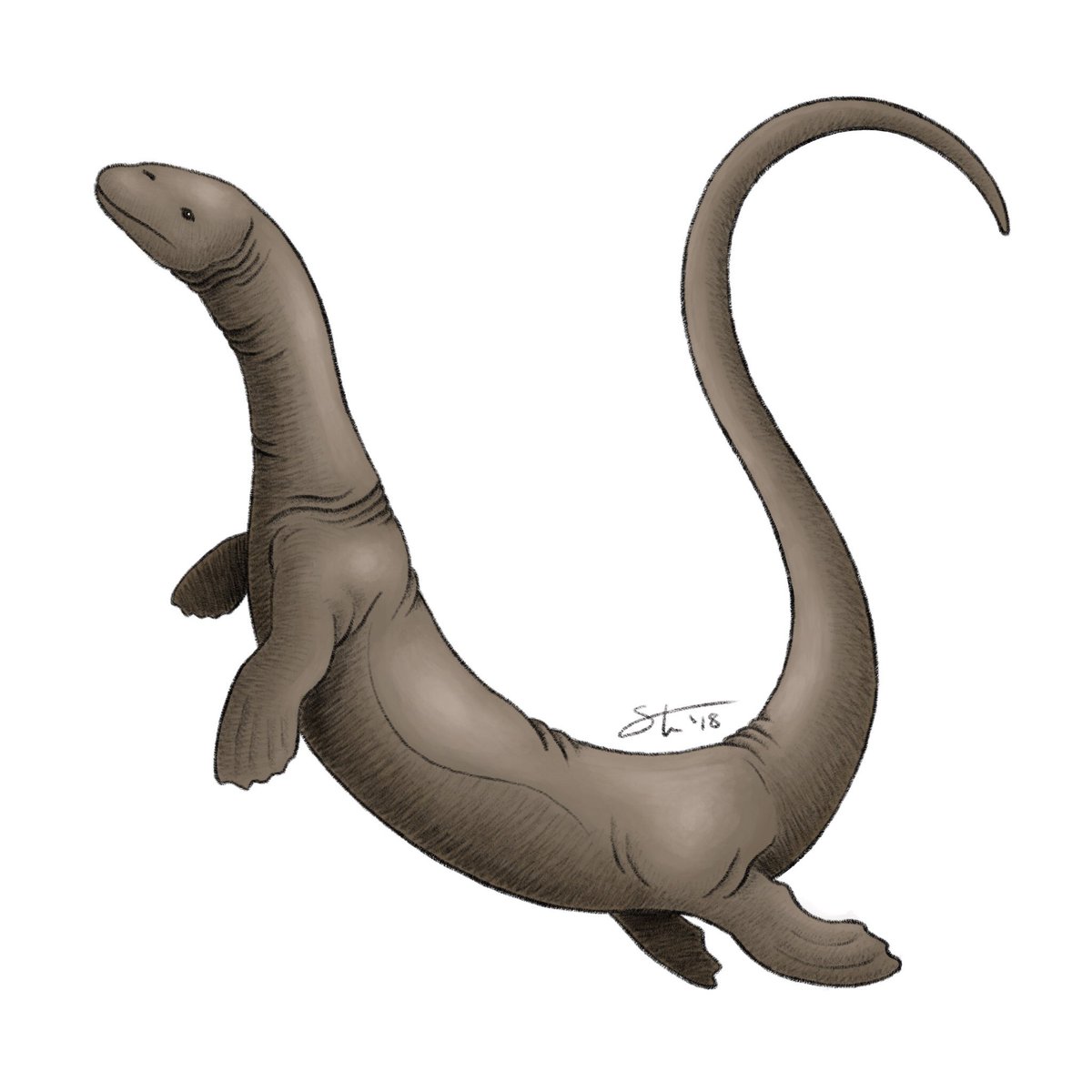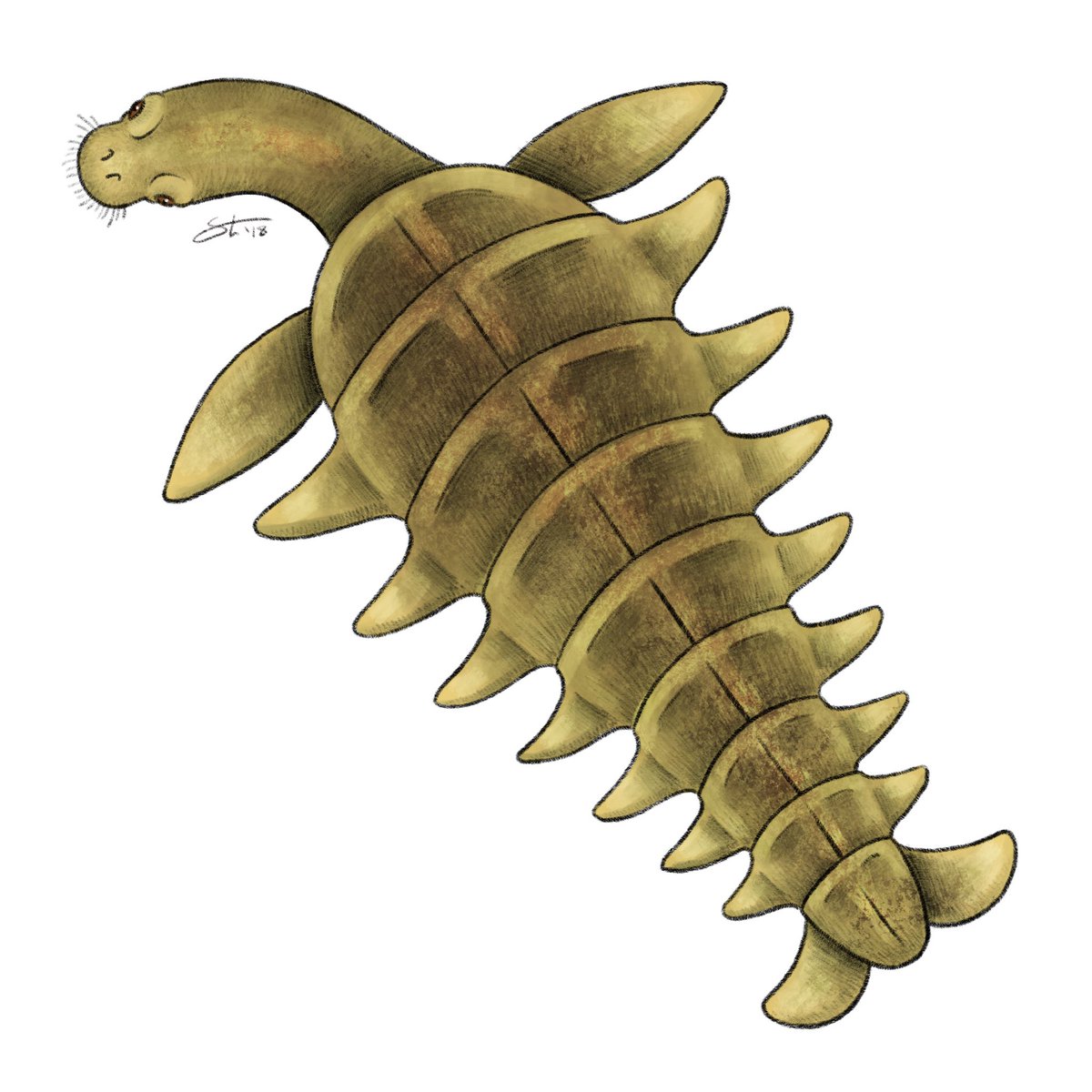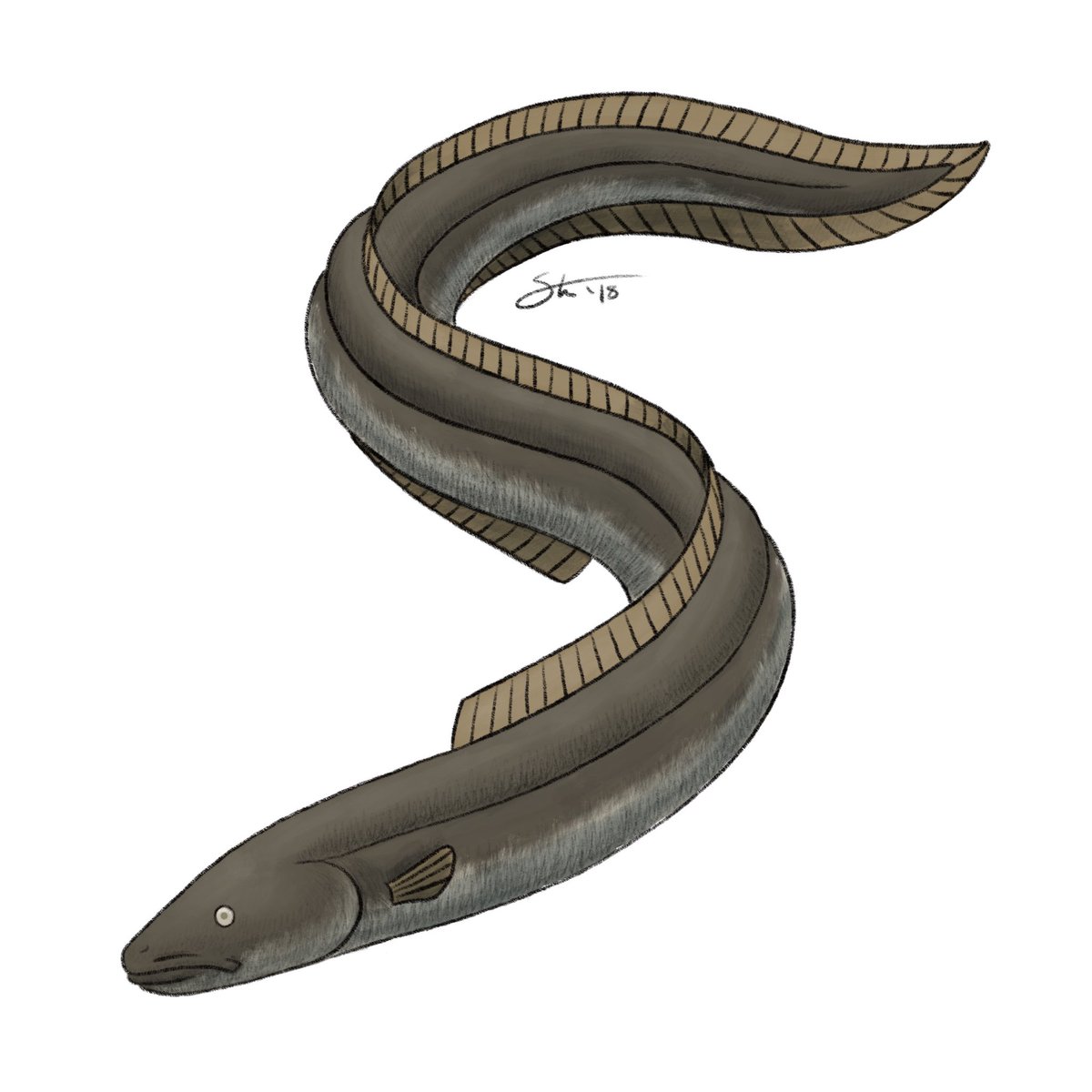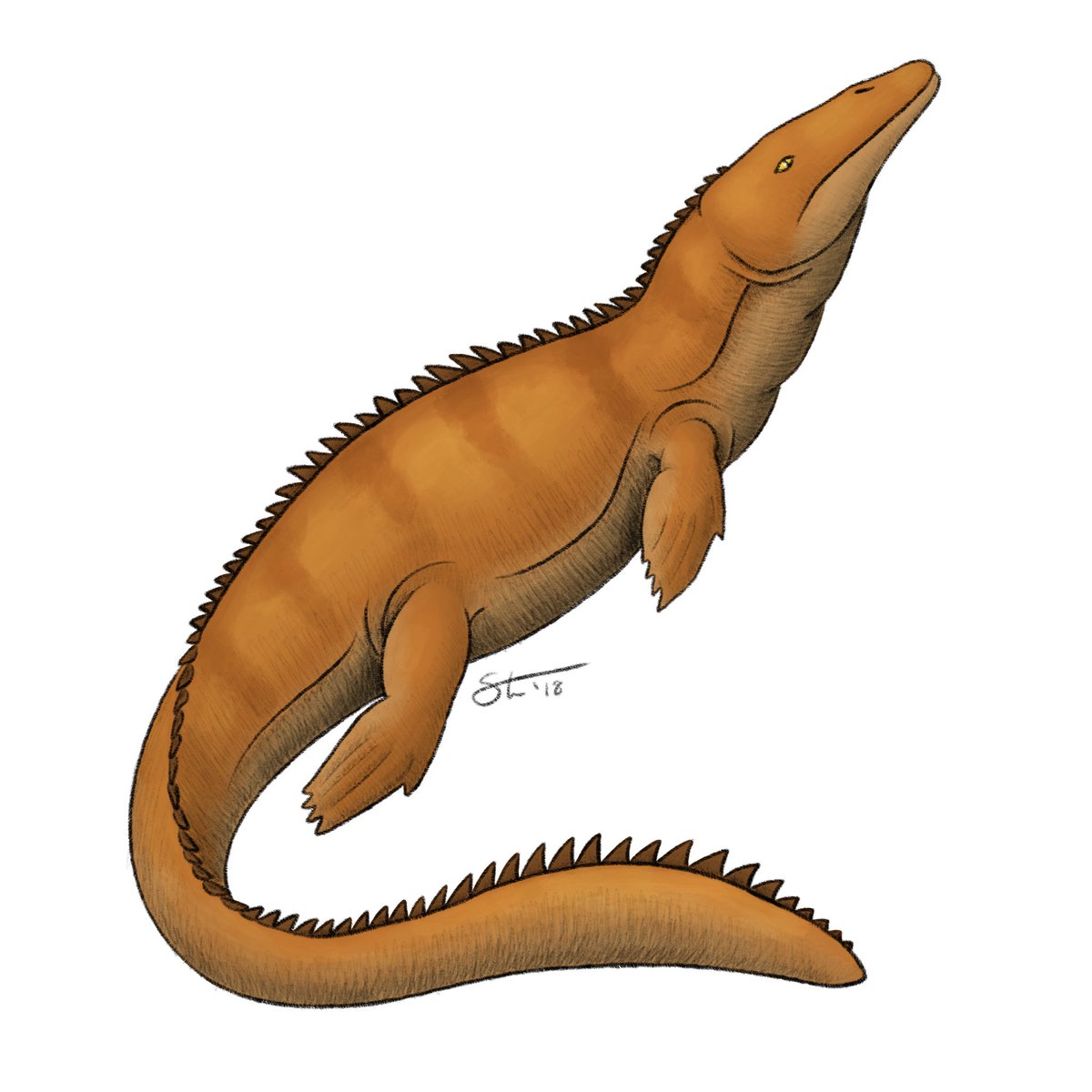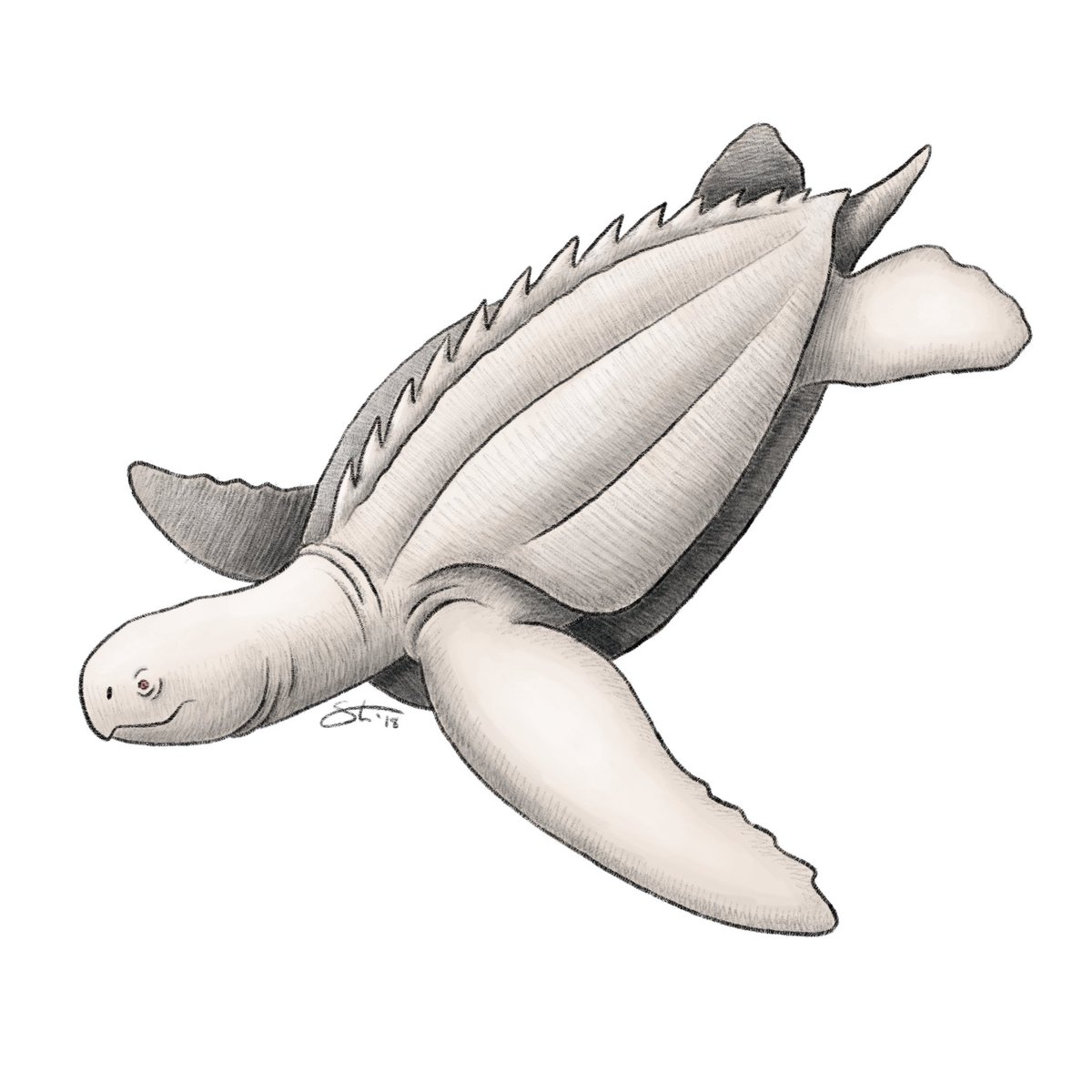In the spirit of my recent giant squid post, I thought it would be fun to explore some fictional #seamonsters (and show off some old drawings of mine in the process). So here’s a thread on the 9 sea-serpents imagined by Bernard Heuvelmans:
Some quick background: in 1968, Heuvelmans (the “father of #cryptozoology”) published “In the Wake of the Sea-Serpents”, wherein he proposed 9 unknown animals were the basis of sea-serpent accounts. His ideas are problematic, to say the least, but very entertaining.
First up is the Long-Neck, a giant sea lion with a long, flexible neck, rolls of fat that can appear as humps, fleshy snorkels, and the ability to haul out on land. He thought this animal would also sometimes swim into freshwater, explaining #lakemonster sightings.
Next is the Merhorse, an advanced, deep-diving seal with huge eyes and a flowing mane. #Cadborosaurus is an example of this species. Later authors (including Costello, Coleman, and Huyghe) would suggest that the Long-Neck and Merhorse were males and females of the same species.
Living in North Atlantic waters, the Many-Humped was the animal famously seen in New England in the early 1800s. Heuvelmans believed it was a surviving basilosaurid, a group of snakelike Eocene whales. The humps were hypothesized to be inflatable buoyancy aids.
The Super-Otter inhabited Scandinavian waters and, despite its name, was thought by Heuvelmans to be an even more primitive whale than the Many-Humped (today we would probably classify as a protocetid). He also believed it had gone extinct by the late 1800s.
Now things start getting really weird. The Many-Finned is another early whale, with an armored back and row of fins flanking each side of its body. Heuvelmans again thought this was an early whale, based on the (already outdated) idea that some early whales were armored. Oh my.
More plausible is the Super-Eel, a category containing at least 2 species of giant eel. Unfortunately, the main piece of evidence for this (a giant larva) didn’t pan out, but at least “big fish” is an easier concept to swallow than “whale trying to be a centipede”.
The first actual reptile in Heuvelmans’ system is the Marine Saurian, which he thought was either a surviving mosasaur or thalattosuchian. Unfortunately, the main sighting that formed the basis for this animal was probably a hoax, and the rest aren’t very descriptive.
The only other reptile, the Father-of-All-Turtles, is also the rarest, with only 4 sightings. With so few accounts, and the possibility that they could be misidentifications, its unsurprising that Heuvelmans ultimately dropped this category.
Second only to the Many-Finned in its weirdness, the last of Heuvelmans’ sea-serpents is the Yellow-Belly, a tadpole-shaped animal of indeterminate origin. This is another category that Heuvelmans ultimately discarded, a decision I think we can all agree was wise on his part.
While this #Heuvelmania (shoutout to @LordGeekington for the amazing term) is entertaining, it’s also a system that falls apart under scrutiny. You can find more info on my (very neglected) DeviantART page: https://www.deviantart.com/tylerstoneart/gallery.">https://www.deviantart.com/tylerston... I hope you all enjoyed this thread!

 Read on Twitter
Read on Twitter